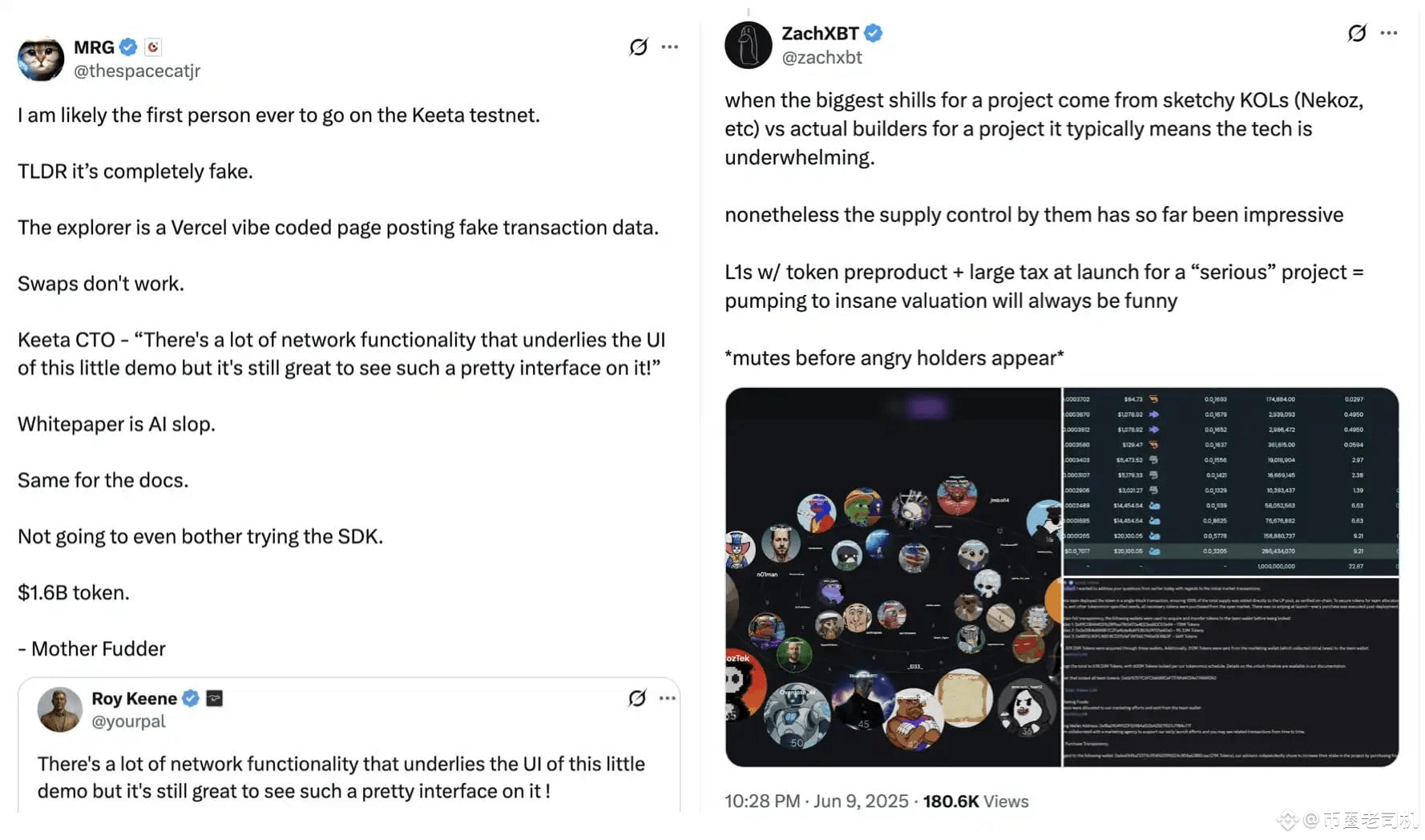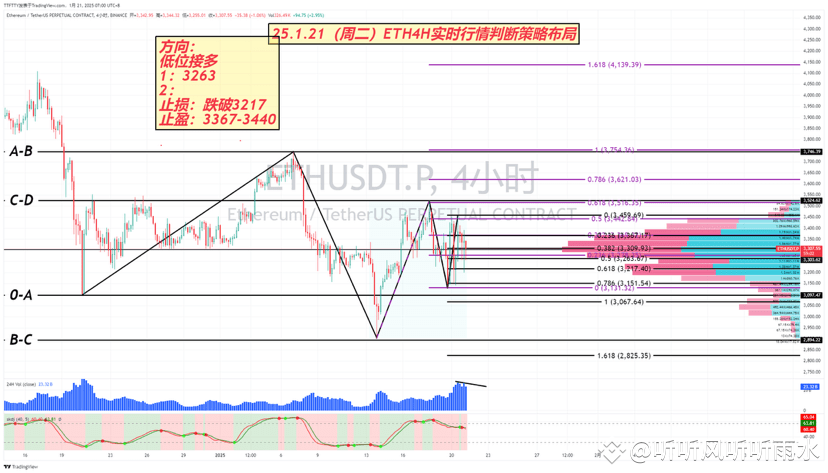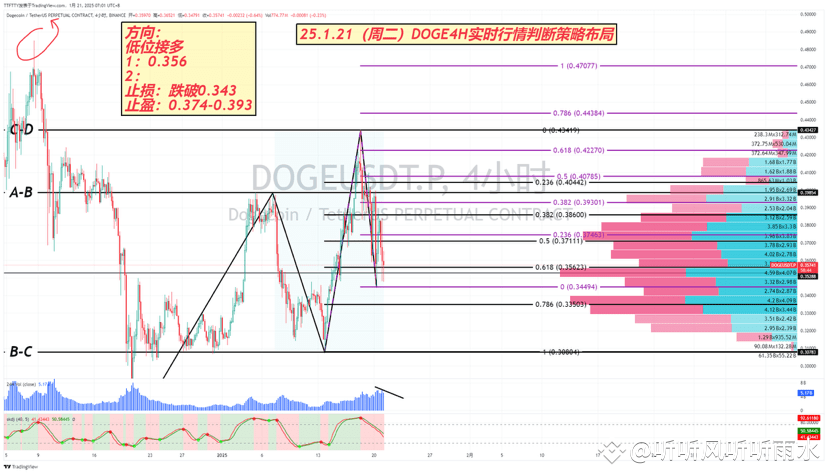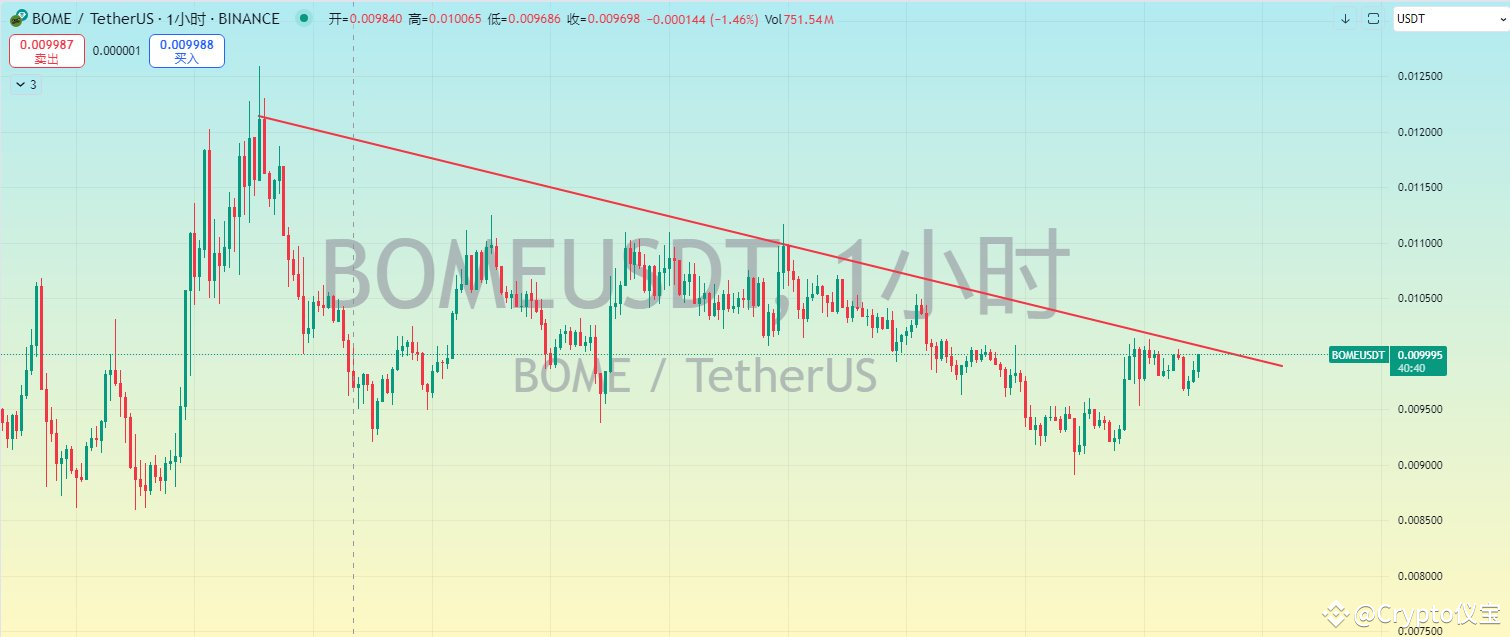The pancake has reached a new high, but the knockoff is still in place. The price has returned, but is the position still available?25.1.21-6:36PM (Tuesday)Previous situation inventory:Strategy Review (The previous article can verify the rejection of the post fire!): On Monday, Strategy Big Cake 98451 received a lot but did not reach the lowest point 99500, Ether 3070 did not reach the lowest point 3141, and Dog 0.341 did not reach the lowest point 0.3449, all of which are slightly different from what I saw!Market Review: After yesterday's correction, the big cake market once again pulled up and broke through 110000 yuan in the afternoon. This breakthrough was not supported by funds, but by the so-called "Trump Effect", which was still on the coin market two days ago but focused on the big cake market again yesterday. So how long can this effect continue to ferment in the market? It depends on whether Wang will release a series of policies that are beneficial to the cryptocurrency industry after going online today, even though this is his own bull market!Today's trend judgment and strategy:BTC 4-hour real-time market trend judgment strategy layoutFrom the perspective of 1-2 hours, the current downward trend of the pancake can gradually decrease. SKDJ is around the median line of 50, and combined with the Fibonacci line chart, the support level below 102050 can be used as a preliminary long entry positionStrategy layout for real-time market analysis in ETH hoursThe Ethereum market is gradually turning from weak to strong, with a reduction in volume and energy during yesterday's pullback. The previous bullish line spun a spindle line, with the bulls taking the lead. Combined with the Fibonacci line chart, a support level near 3265 can be seen below, which can be used as a preliminary long entry levelDOGE 4-hour real-time market situation judgment strategy layoutThe dog market is also slowly strengthening, with the 4-hour SKDJ line approaching the midpoint of 50. There is a possibility of a reversal, and the bullish position below is still relatively strong. Combined with the Fibonacci line chart support at 0.356, it can be used as a preliminary long entry positionIntraday strategyDirection: callback, add moreBTCB:102050T/P:103603-106000S/L: Below 100138ETHB:3265T/P:3367-3440S/L: Below 3217DOGEB:0.356T/P:0.374-0.393S/L: Fall below 0.343#BTC hits new high # What will happen to the market after Trump takes office?









